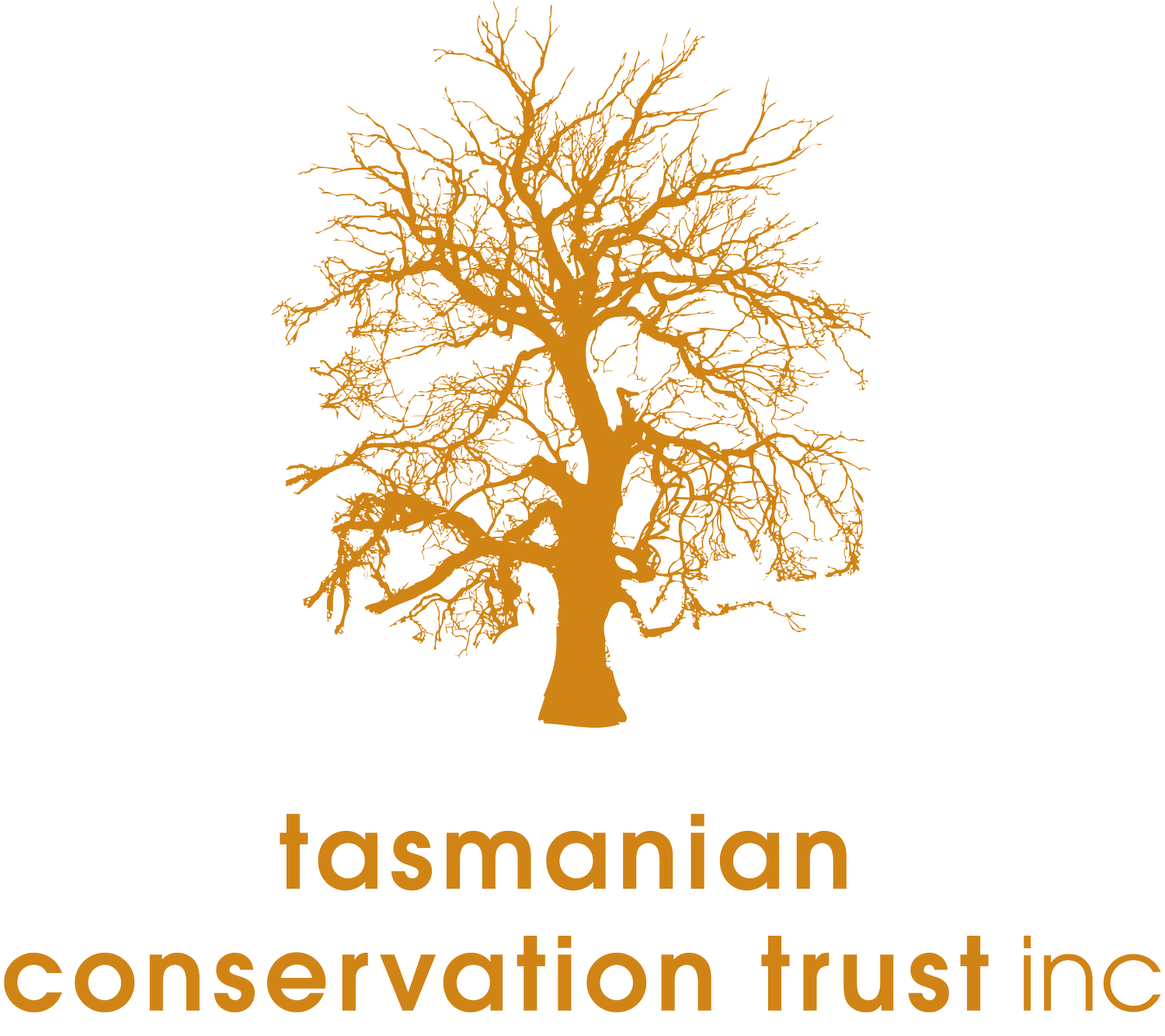This article continues a theme in recent editions of the Tasmanian Conservationist, highlighting businesses that are taking leadership in their field and setting high environmental standards.
Envorinex has been operating at George Town since 2009. It collects industrial waste plastic from all around Tasmania, recycles and remanufactures it into a range of products which can be recycled again. In the future, Envorinex anticipates expanding its developed recycling and remanufacturing expertise to the mainland.
In 2016 Envorinex collected a total of 2000 tonnes of waste Tasmanian flexible and rigid plastics for recycling and remanufacturing into new innovative products. This is expected to increase in 2017. Eighty per cent of the plastic Envorinex recycles it collects itself (at no cost) and about 20% is brought to the company by other industries.
Envorinex’s products include some that are made from 100% virgin material, a mix of virgin and recycled and 100% recycled content, depending upon the end-use specifications. It also sells excess recycled plastic pellets.
A large amount of the plastic collected comes from fish farms, the mining industry and farmers (beef, dairy, horticulture and viticulture). Envorinex is currently recycling waste fish-farm poly pipe, stanchions, floats and walkway materials and is about to start recycling netting, ropes and feed bags, following over 18 months of research and development. The plastic feed pipes and floats develop cracks and holes and need to be replaced after two or three years. Without Envorinex these all would have be sent to landfill.
Amazingly the company collects some 600 tonnes of silage wrap per year, about half of the total used annually in Tasmania. Silage is a stock feed used in winter that is stored in air-tight conditions, including being wrapped in plastic.
Other items recycled include:
- plastic slip sheets (used between crates of glass wine bottles) from Frogmore Creek vineyards
- bulker bags used by Impact and Incitec Pivot Fertilisers and Skretting
- plastic pallets and large drums from mining companies in the north-west
- PVC window profile off-cuts.
The company originally recycled just polyvinyl chloride (PVC-3) but has moved into high-density polyethylene (HDPE–2), low-density polyethylene (LDPE–4) and polypropylene (PP–5).
Contamination is a common problem. Sometimes farmers deliver silage wrap mixed with all sorts of contaminants including barbed wire, fence posts and car tyres. Ironically, one of the worst contaminants is biodegradable plastic, as this will cause other plastics to break and crack.
Plastic bags and films (e.g. stubby wrappers) are very strong and can be used in applications such as imitation timber decking but there are logistical difficulties in collecting sufficient quantities and transporting them efficiently. Polypropylene rope, a common item found in marine debris, can also be recycled, but collecting sufficient quantities is a problem.
Envorinex Managing Director Jenny Brown says that when they started the company they realised they could not compete with Chinese companies on price so focused on producing a high-quality second-life products.
When asked if they would accept plastic collected by community groups, she said, ‘If people collect HDPE (#2) or LDPE (#4) or PP (#5) waste industrial plastics, we want it. We may need to find a place to store it until there is enough and we will need to make sure it is not contaminated.’
So TCT is taking up this challenge and intends to investigate the establishment of community drop-off points for plastics that are sought by Envorinex. These may include household rubbish or material washed up on beaches.
The range of products Envorinex produces from recycled plastic is enormous, including: noise-abatement fencing; farm-entrance fences; drawers; guide posts, road barrier boards, guardrail delineators; matting for use in boats and other wet areas; EnvoHexGrid (used instead of concrete or bitumen in driveways or paths but allows the water through); flat packed mini septic sanitation chambers; and many others.
by Peter McGlone - TCT Director
The image at the top of this article is of a collection of stanchions and feed pipe at EnvironexLow Head. Photo supplied by Environex.

